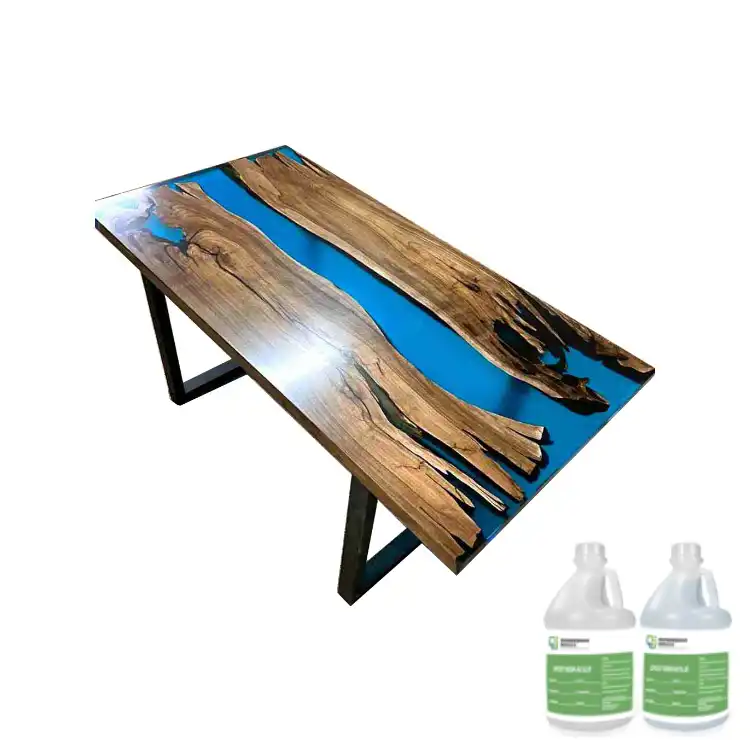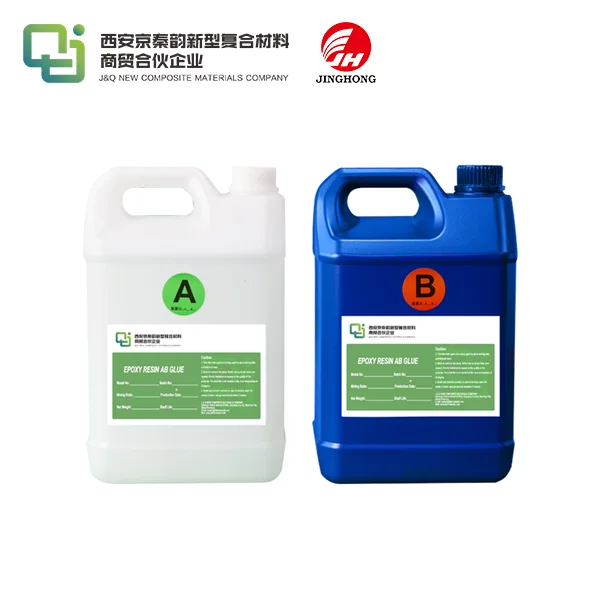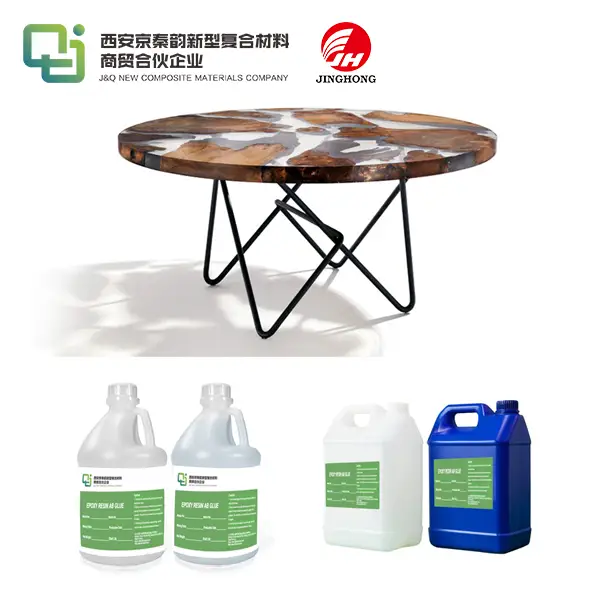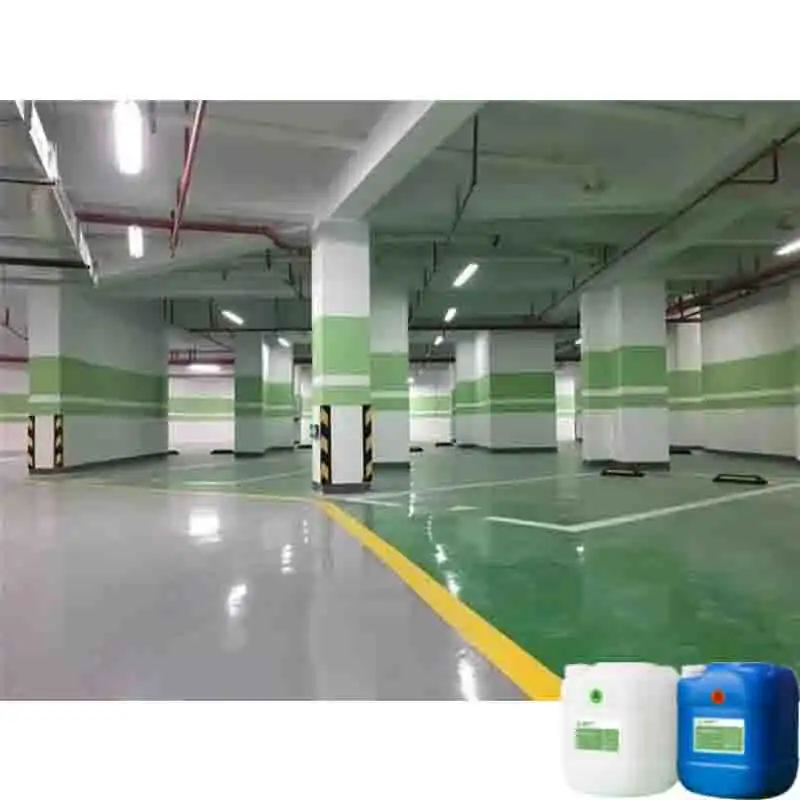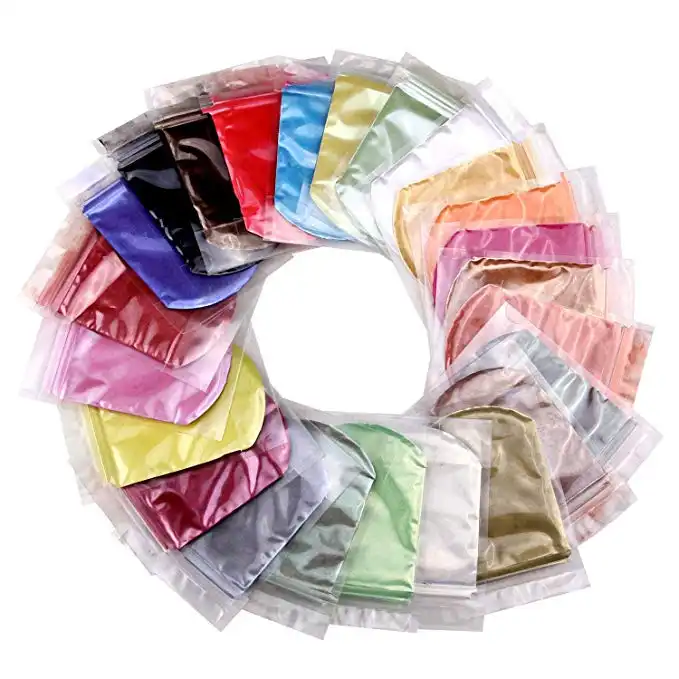Understanding the Composite Structure of G10 Fiberglass Sheets
2025-08-07 16:06:23
G10 fiberglass sheet stands out as a robust composite material, blending woven glass fibers with epoxy resin to create a layered structure that delivers exceptional strength and insulation. At its core, this sheet features multiple plies of fiberglass cloth, each saturated in thermosetting epoxy, then compressed and cured under heat and pressure. The fiberglass acts as the reinforcement, providing tensile strength and rigidity, while the epoxy matrix binds everything together, offering chemical resistance and dielectric properties. This composite design ensures the material withstands high mechanical stress, electrical loads, and harsh environments without degrading. Engineers value G10 for its precise layering, which allows customization in thickness and performance. Understanding this setup reveals why G10 excels in applications like circuit boards and structural components, balancing durability with lightweight efficiency. Dive deeper to grasp how these elements harmonize into a powerhouse insulator.
What Makes G10 Fiberglass Sheet a Composite Marvel?
G10 fiberglass sheet emerges from a thoughtful fusion of materials, earning its reputation in demanding industries. This section unpacks the basics, highlighting why its composite nature sets it apart.
Core Components of G10
Fiberglass sheets like G10 rely on glass fibers drawn into fine strands and woven into cloth. These fibers, typically E-glass for its balance of cost and performance, form the backbone. Epoxy resin, a thermoset polymer, impregnates the cloth, hardening during cure to lock in structure. Additives might enhance flame resistance or UV stability, tailoring the sheet to specific needs. This blend creates a material far stronger than its parts alone, with the glass providing reinforcement and the resin ensuring cohesion.
Manufacturing Process Breakdown
Production begins with weaving glass fibers into mats or fabrics, then dipping them in liquid epoxy. Layers stack in molds, pressed under controlled heat to initiate curing. The result is a solid laminate, cut to size. Precision in this process controls thickness, from thin panels to robust slabs, ensuring uniformity. Quality checks verify no voids or weak spots, maintaining reliability across batches.
Key Properties That Define Performance
G10 fiberglass sheet boasts high dielectric strength, making it ideal for electrical insulation. Its mechanical prowess includes impressive flexural strength and impact resistance, while low water absorption guards against moisture damage. Thermal stability allows operation in wide temperature ranges, and machinability permits easy fabrication into custom shapes. These attributes stem directly from the composite interplay, where fibers distribute loads and resin shields against environmental factors.

Delving Into the Layered Architecture of G10 Fiberglass Sheets
The true ingenuity of G10 fiberglass sheet lies in its stratified build, where each layer contributes to overall resilience. Let's explore this architecture, revealing how it enhances functionality.
Role of Fiberglass Reinforcement
Woven glass fibers in G10 provide the skeletal framework, resisting tension and shear forces. The weave pattern - plain, twill, or satin - affects flexibility and strength distribution. Continuous filaments ensure even load bearing, preventing cracks from propagating. This reinforcement elevates the G10 fiberglass sheet's modulus, making it stiffer than unreinforced plastics, crucial for load-bearing roles.
Epoxy Matrix and Its Binding Power
Epoxy resin envelops the fibers, forming a continuous matrix that transfers stress evenly. During curing, cross-linking creates a rigid network, impervious to many chemicals. This matrix also imparts smoothness and seals the surface, reducing porosity. Variations in resin formulation can adjust cure time or viscosity, optimizing for different production scales.
Integration Through Layering and Curing
Multiple plies align in specific orientations, such as 0/90 degrees for balanced strength. Compression molding fuses them, expelling air bubbles for a dense composite. Post-cure treatments enhance dimensional stability, ensuring the sheet retains shape under stress. This methodical layering results in anisotropic properties, where strength varies by direction, allowing tailored designs for unique applications.
Applications and Advantages of G10 Fiberglass Sheets in Real-World Scenarios
G10 fiberglass sheet finds its place in diverse fields, thanks to its composite structure. This part examines practical uses and why it outperforms alternatives.
Industrial and Electrical Applications
In electronics, G10 serves as substrate for printed circuit boards, offering insulation and support. Aerospace components benefit from its lightweight strength, while marine environments leverage corrosion resistance for hull reinforcements. Machinery parts, like gears and insulators, endure vibrations without wear, showcasing versatility across sectors.
Benefits Over Traditional Materials
Compared to metals, G10 fiberglass sheet weighs less yet matches rigidity, cutting energy costs in transport. Unlike pure plastics, it resists creep under load, extending service life. Its non-conductive nature surpasses wood or ceramics in electrical safety, and recyclability appeals to sustainable practices. These edges arise from the synergistic composite design, blending attributes no single material provides.
Tips for Selection and Maintenance
Choose G10 grades based on thickness and certifications, like MIL-I-24768 for military specs. Store sheets flat to avoid warping, and clean with mild solvents to preserve integrity. Regular inspections catch delamination early, prolonging usability. Proper handling maximizes the material's inherent durability, ensuring long-term value in any setup.
Conclusion
G10 fiberglass sheet represents a pinnacle of composite engineering, where glass fibers and epoxy resin unite in a layered symphony of strength and versatility. This material's structure not only withstands mechanical and electrical demands but also adapts to evolving industry needs. By grasping its composition, from reinforcement to matrix integration, users unlock potential in everything from high-tech gadgets to rugged machinery. Its enduring appeal lies in balancing performance with practicality, backed by decades of refinement. As innovations continue, G10 remains a trusted choice for those seeking reliable insulation solutions.
Contact Us
Ready to explore G10 fiberglass sheets for your projects? With over 20 years in producing insulating sheets and a decade in global trade, J&Q offers expert guidance and premium products. Contact us at info@jhd-material.com for details or custom quotes.
References
1. "Composite Materials: Science and Engineering" by Krishan K. Chawla (Springer, 2012).
2. "Fiberglass and Glass Technology: Energy-Friendly Compositions and Applications" edited by Frederick T. Wallenberger and Paul A. Bingham (Springer, 2010).
3. "Epoxy Resins: Chemistry and Technology" by Clayton May (CRC Press, 1987).
4. "Handbook of Composites" edited by George Lubin (Van Nostrand Reinhold, 1982).
5. "Advanced Composites Manufacturing" by Timothy G. Gutowski (Wiley, 1997).
6. "Polymer Matrix Composites and Technology" by Ru-Min Wang, Shui-Rong Zheng, and Ya-Ping Zheng (Woodhead Publishing, 2011).


